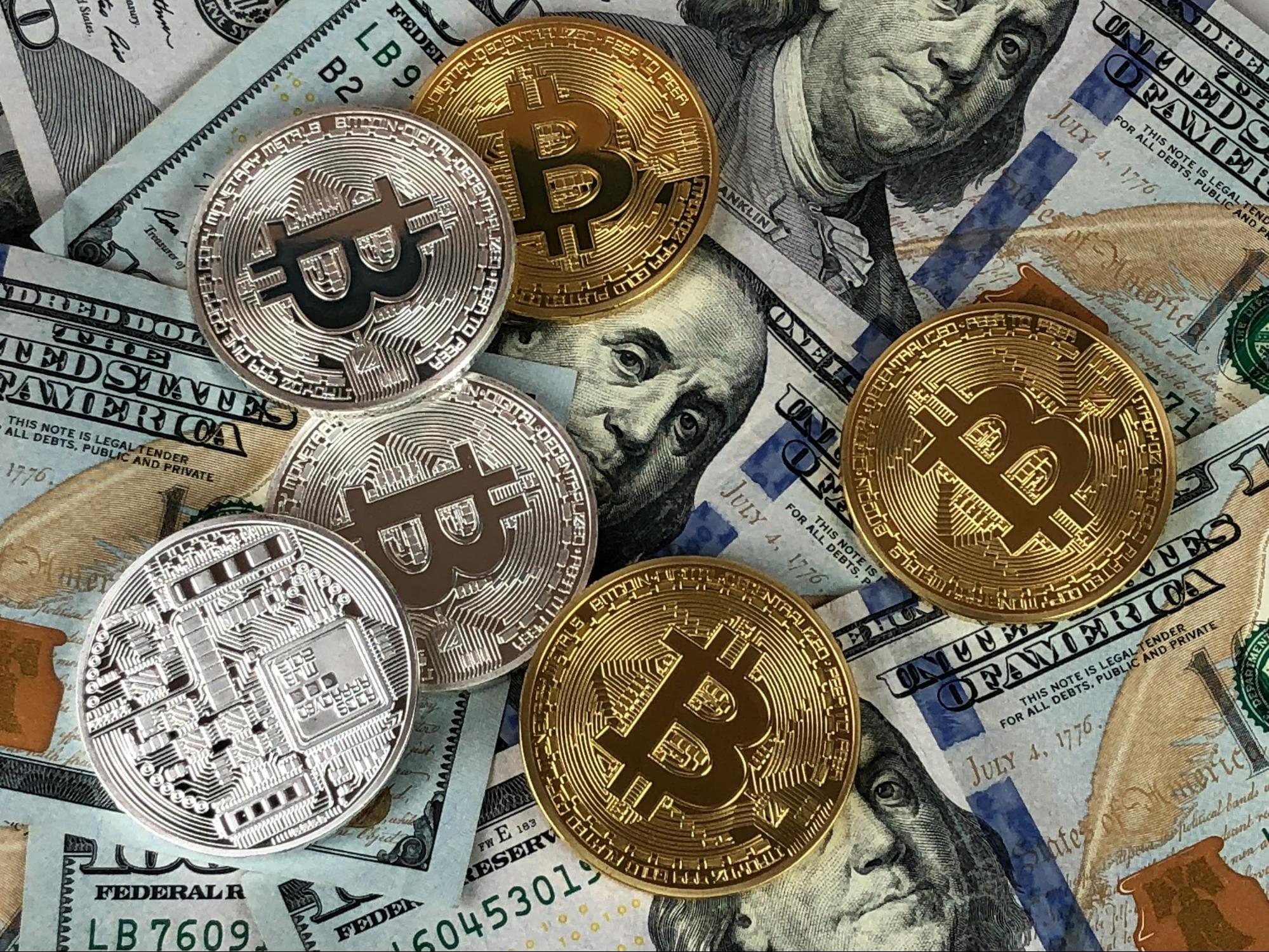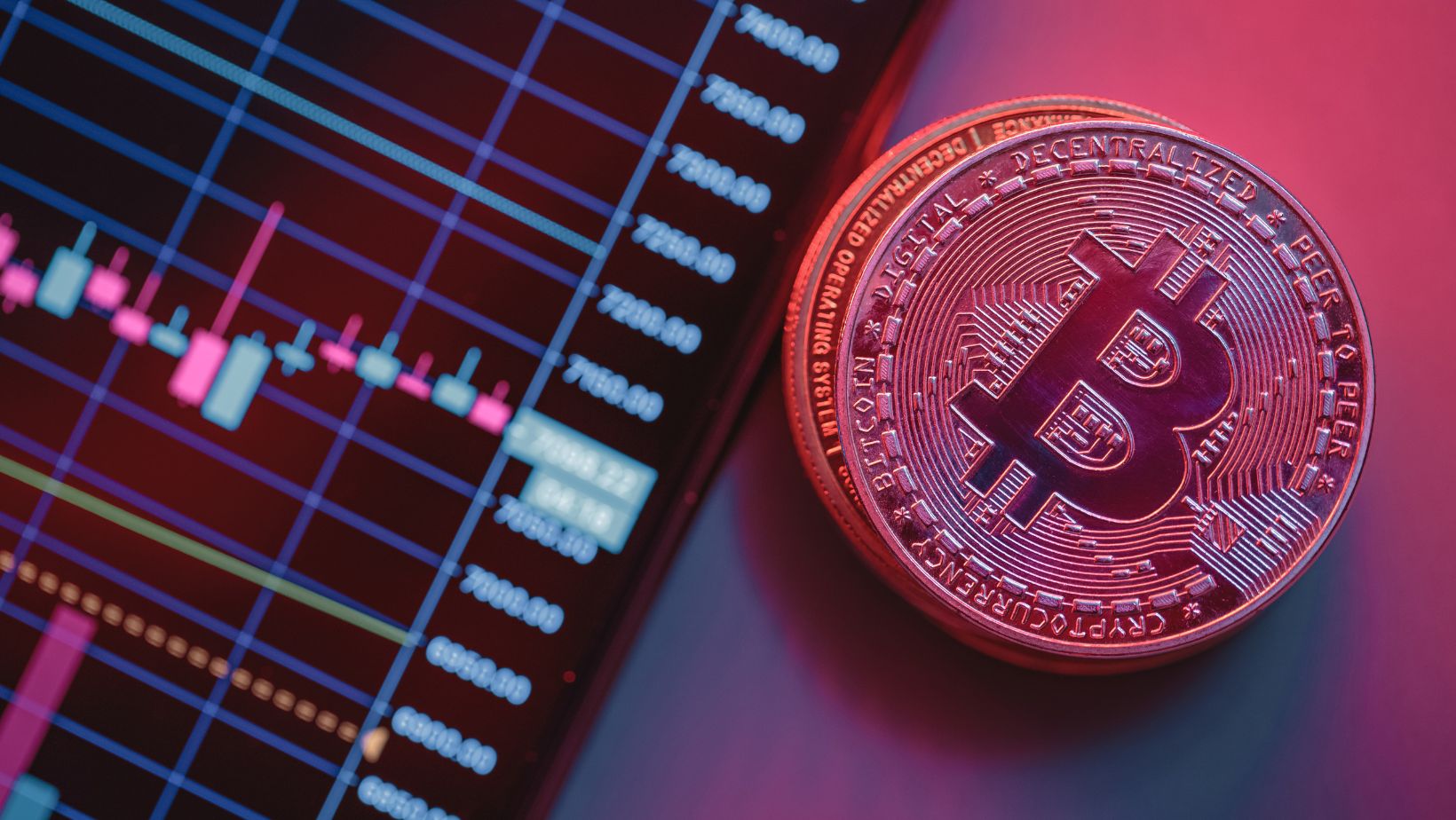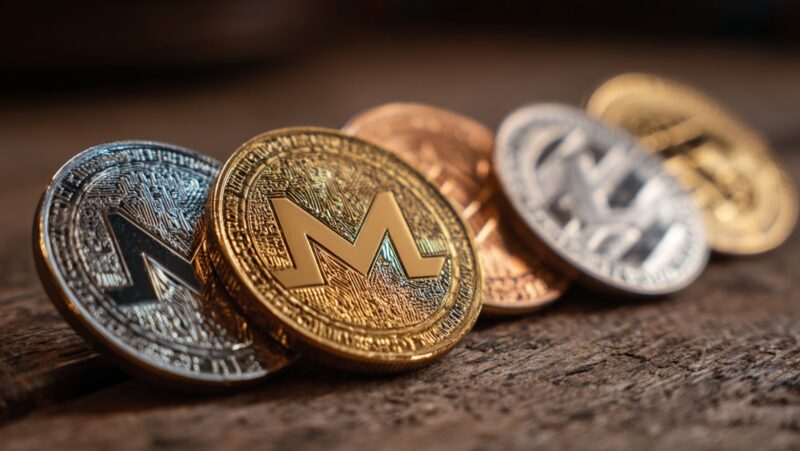
Crypto was once a curiosity. A whisper in online forums. A toy for the tech-savvy, the libertarian, the contrarian. Now? It’s something else. Something bigger. Not yet the default, but no longer the fringe. Governments debate regulation. Corporations hold bitcoin on their balance sheets. Athletes, musicians, entire sports leagues ink sponsorship deals with crypto firms. It’s creeping into the everyday, inching towards the inevitable question: when does crypto go mainstream?
There’s no single answer. No moment where the world collectively shrugs and decides, “Yes, this is now normal.” Instead, it’s a series of shifts. Industry by industry. Region by region. Some move faster than others. Some resist. The financial world watches cautiously. The tech world moves boldly. And then there are the outliers—the industries that adopt before the rest, not out of necessity, but because they see the opportunity first.
Crypto in Gambling and Entertainment
One of the most telling signs of crypto’s growing acceptance is its foothold in gambling. Online casinos and sportsbooks were quick to adapt, drawn by instant transactions, low fees, and a borderless economy. Players, too, saw the advantages: anonymity, security, and access to platforms unrestricted by traditional banking limitations. Today, more betting sites accept crypto, with platforms like https://freecryptobonus.com/ highlighting promotions and incentives designed specifically for crypto users. It’s not just an alternative anymore—it’s the preferred method for many.
The trend extends beyond gambling. The entertainment world—particularly gaming and digital collectibles—has embraced crypto. Play-to-earn models, NFTs, in-game economies powered by blockchain. In some spaces, crypto isn’t just an option; it’s the foundation. Gamers accustomed to digital assets, in-game currencies, and decentralized economies take to it naturally. They don’t ask why crypto? They ask why not?
The Regulatory Hurdle
Governments like control. Money, in particular, is something they regulate aggressively. When crypto emerged, it threatened that control. Unregulated, untaxed, and anonymous. The perfect storm for regulators. Some embraced it cautiously. Others sought to ban it outright. Most took a middle path—scrambling to draft policies that balanced innovation with oversight.
The challenge? Crypto isn’t easily classified. Is it a currency? A commodity? A security? The answer varies depending on who you ask. The U.S. struggles with regulatory clarity. Europe moves toward structured frameworks. Countries like El Salvador take the radical step of full adoption. No consensus. No single global approach. And as long as regulation remains fragmented, mainstream adoption will be uneven, unpredictable.
Institutional and Corporate Buy-in
The real shift comes when institutions get involved. Not just investing, but integrating. Payment processors like PayPal and Visa now facilitate crypto transactions. Banks experiment with blockchain. Hedge funds allocate portions of their portfolios to bitcoin. This isn’t ideological. It’s practical. Crypto represents opportunity, whether through investment, transaction efficiency, or access to new markets.
For companies, the appeal is clear: borderless transactions, lower fees, access to customers who prefer crypto over fiat. Tesla’s brief acceptance of bitcoin for car purchases was a signal, even if it backtracked. More companies will follow. Quietly at first. Then loudly.
Consumer Confidence and Everyday Use
For crypto to truly go mainstream, the average person needs to trust it. Not as an investment. Not as a speculative asset. But as money. Something to buy groceries with. Pay rent with. A default payment method, not an alternative one.
This shift happens in steps. First, stablecoins gain traction—cryptos pegged to fiat, eliminating volatility concerns. Then merchants increase adoption. Retail giants, online marketplaces, service providers. Eventually, governments may issue central bank digital currencies (CBDCs), bridging the gap between traditional finance and crypto. When that happens, crypto won’t just be mainstream. It will be indistinguishable from the system it once sought to disrupt.
The Road Ahead
Crypto’s path to mass adoption isn’t linear. It won’t happen overnight. Some industries lead, others follow. Regulation will decide its fate, for better or worse. Institutional adoption will accelerate credibility. Consumer trust will decide usability.
What’s clear is that crypto isn’t going anywhere. The question now isn’t whether it will go mainstream, but when and how it will reshape the financial world. The signals are there. The hype is real. The next chapter is playing out—one transaction, one industry, one breakthrough at a time.
FAQs
Q: What are the key factors driving crypto towards mainstream adoption?
A: Institutional investment, regulatory clarity, corporate adoption, and consumer trust are all important factors.
Q: How does gambling reflect crypto’s growing mainstream presence?
A: Crypto is broadly accepted by online gambling websites due to its speed, security, and international acceptance, which makes it a favorite for the majority of users.
Q: Will government regulation hinder crypto adoption?
A: It depends. Clear, benevolent regulation will encourage adoption, whereas restrictive regulation could slow advancements in some sectors.
Q: When will crypto payments become the norm?
A: As stablecoins and merchant adoption increase, crypto payments will be more common, but general mainstream usage may take years.
Q: Is crypto adoption inevitable?
A: With its technological superiority and growing convergence, some level of mainstream adoption is highly likely, though perhaps through development within or in parallel with traditional finance.



